In this article, we delve into the essential steps involved in constructing a durable and reliable metal building.
Building a metal structure involves a series of steps that, when followed correctly, result in a durable and versatile structure. It starts with site selection and preparation, then moves on to foundation construction, followed by the assembly of the metal building components. The process culminates with the installation of doors, windows, and other finishing touches. This article will walk you through the entire process, offering detailed insights into each step. From choosing the right materials to understanding the importance of proper insulation, you’ll find everything you need to know about metal building construction right here.
Key takeaways:
- Selecting Metal Building Construction Site: consider topography, soil type, and accessibility.
- Adequate Site Preparation for DIY Metal Buildings: survey land, check utility lines, follow building codes.
- Choosing the Right Metal Building Kit: evaluate needs, research manufacturers, consider assembly process and cost.
- Assemble Your Necessary Equipment for Construction: gather tools, ladder, and safety gear.
- Following Instructions and Safety Measures in Construction: read manual, wear safety gear, use power tools properly.
Selecting Metal Building Construction Site
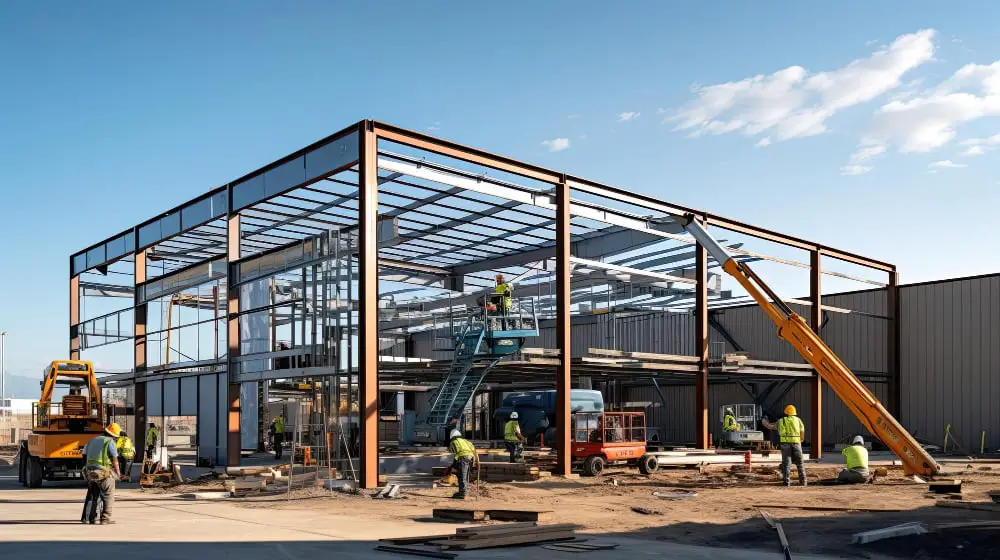
Having settled on constructing a metal building, your first task is to identify a suitable site. Understanding the landscaping, soil type, and accessibility can greatly impact the construction process.
Start by analyzing the land’s topography. Choosing a flat area can considerably reduce groundwork costs. Yet, steep plots are not entirely unworkable; they just require more specialized preparation.
Next, consider the soil type. Sandy, clay, silt, peat, chalk, and loam soils each have unique traits impacting construction. For instance, sandy soil offers easy drainage but poor cohesiveness, while clay retains water and can expand. A soil test, therefore, becomes essential to verify its suitability for supporting your metal building.
Lastly, accessibility matters. Both for the smooth transportation of building materials and future utility of the constructed structure, a site that is easily reachable by road is sought after. Further, availability of utilities like water and electric power can also weigh in your selection decision.
Remember, future expansions and local building codes should also be considered during site selection. Planning for possible future expansion gives you room to grow. Local building codes, on the other hand, ensure your construction project adheres to area-specific safety and zoning laws.
Adequate Site Preparation for DIY Metal Buildings

Surveying the land is the first step. Level ground simplifies the process and prevents future structural issues. Remember to account for proper drainage to avert water accumulation around your structure.
Check for any utility lines, including water, electricity, and gas lines, before beginning any excavation work to avoid accidents and costly repairs. A comprehensive site evaluation by a certified technician may be necessary in some cases.
Next, ascertain whether your local building codes and neighborhood regulations permit metal buildings. These rules may influence the size, type, and location of your structure.
Lastly, access to the site should be considered. Adequate space should be available for delivery trucks and equipment, and the builders should be able to access the construction spot conveniently. Also, do not forget to plan for a doorway or driveway leading to the building based on its intended use.
Remember, proper site preparation lays the groundwork for a strong, durable metal building that will stand the test of time.
Choosing the Right Metal Building Kit

Evaluate your building needs in terms of size, type, and design. The specific usage of the metal structure, whether for storage, workshops, garages or living spaces, directly impacts the kit selection. Take into account the local climate conditions, as some kits are better suited for colder or warmer climates.
Research manufacturers carefully. Look for companies with a history of quality manufacturing and positive customer feedback. Understand their warranties and guarantees which can offer critical financial safety nets.
Consider the assembly process. Simpler kits with clear instructions are often more ideal for DIY projects. Some kits include pre-drilled holes and other features to ease the assembly process.
Lastly, factor in the cost. While lower prices can be appealing, remember that value is about more than price. A sturdy and well-made building will offer more value over time, even if the upfront cost is higher. Opt for quality materials that can withstand harsh weather conditions and maintain structural integrity over decades.
By keeping these points in mind, you can choose a metal building kit that will best suit your needs.
Assemble Your Necessary Equipment for Construction
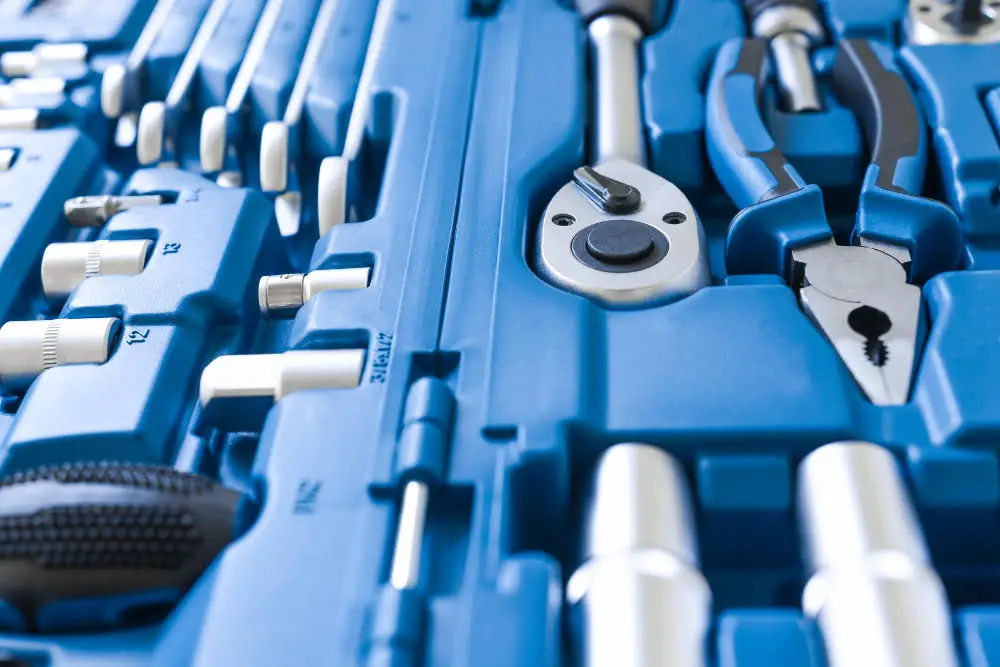
Securing the appropriate tools is vital before proceeding with the assembly process. Ideally, you will require a comprehensive set of wrenches, hammers, pliers, and a cordless drill with variable clutch settings to deliver the right amount of torque. In addition, a quality metal aviation snip for precise trimming of panels and a reliable tape measure for accurate layout would also be beneficial.
Also critical, is a sturdy ladder tall enough to safely reach the uppermost parts of your structure. For more extensive projects, consider renting specialized construction equipment such as a cherry picker or a scissor lift.
Lastly, the construction site should be equipped with a fully stocked first-aid kit. Safety glasses, sturdy gloves for handling sharp metal edges, and hard hats are also necessary for personal protective equipment. With the right tools on hand, the construction process is streamlined, ensuring the project remains on schedule and within budget.
Following Instructions and Safety Measures in Construction
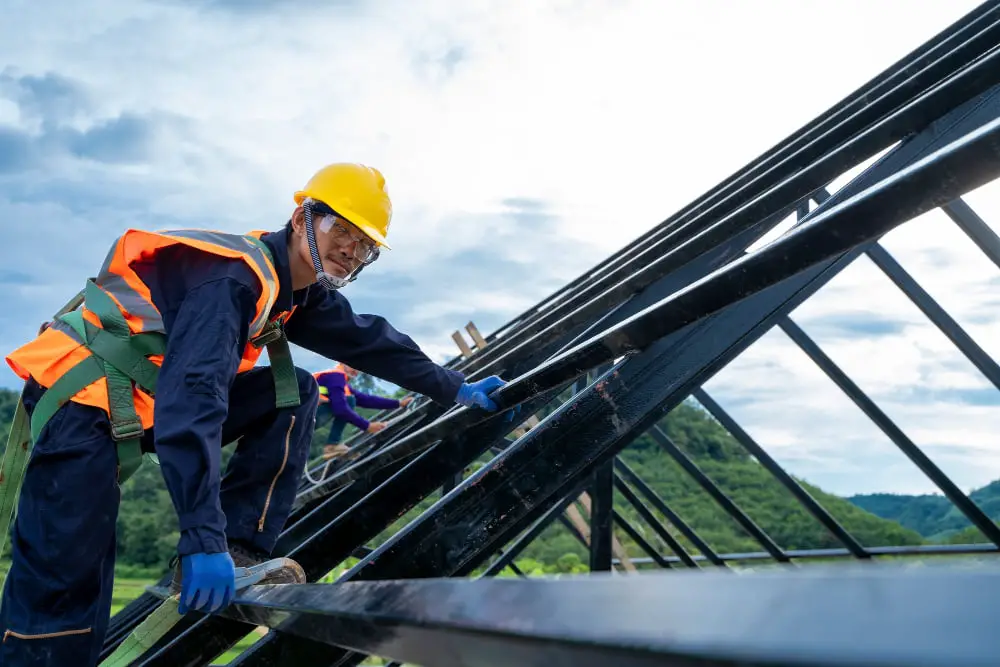
The first step before commencing the actual building process is to thoroughly read and understand the manufacturer’s manual. This helps to familiarize yourself with some proprietary terms used by the manufacturer and the specific construction design process. Follow each instruction to the letter to ensure the structural integrity of the completed project.
Secondly, respect for safety precautions cannot be overstated. Always have the recommended safety gear on, which may include hard hats, gloves, safety glasses, and steel-toed boots. Keep a well-stocked first aid kit at the construction site for immediate response to any minor accidents.
Equally important is the controlled use of power tools. They should only be used by an individual who understands their operation to prevent injuries. Additionally, always ensure that the working area is clean and free from objects that may cause tripping or falling hazards.
Finally, maintain constant communication with all team members during construction. This helps to efficiently coordinate activities and prevent accidents that may arise due to miscommunication or confusion at the site.
Implementing these safety measures not only ensures the successful completion of the construction project but also guarantees the safety and well-being of all involved in the process.
Metal Building Foundations: An Essential Step

To create a foundation that will stand the test of time, it’s essential to focus on certain key aspects.
Firstly, the surface area must be properly leveled. It’s important to remember that site leveling is less about aesthetics and more about ensuring the structural integrity of your building.
Secondly, the type of soil present on the site impacts your foundation. Non-expansive soils, such as sand or gravel, typically do not require significant soil tests. Meanwhile, expansive soils expand and contract with the varying moisture content which can put stress on your foundation.
Selecting the right type of foundation is the next step. A pier and beam foundation works well on sloping terrain or on soil with poor load-bearing capacity. On the other hand, a slab foundation suits a leveled site with good soil stability.
Lastly, the reinforcing steel—rebar—used in your foundation must conform to the appropriate specifications. The size, spacing, and the grade of the rebar used can greatly influence the strength of your foundation.
Remember, a well-planned and executed foundation guarantees a metal building that will last for decades.
Assembling the Metal Building Frame
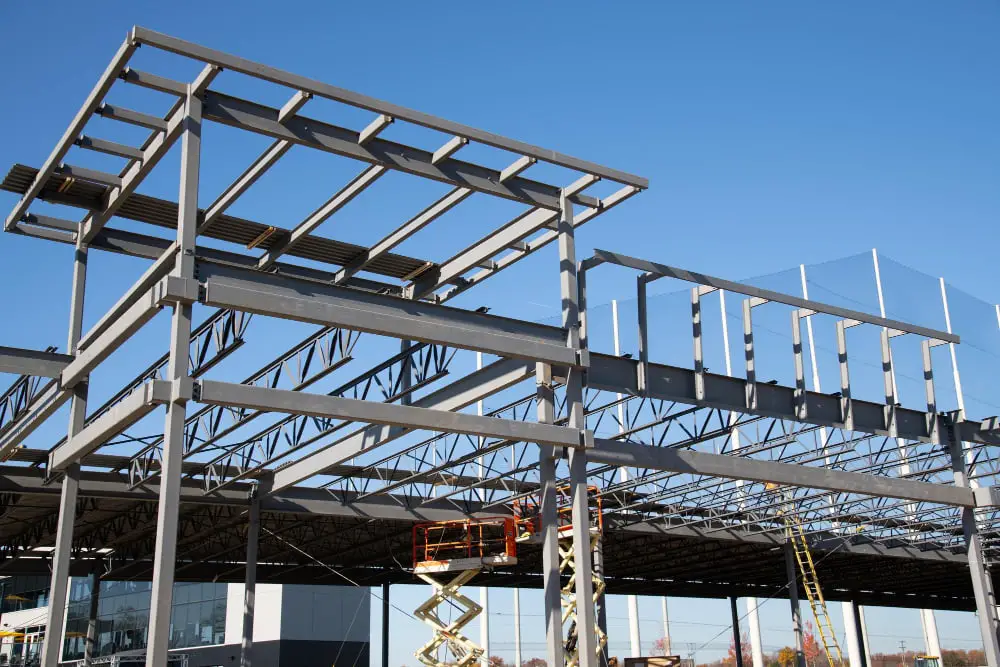
Erection of the metal building framework commences after setting the foundation. The vertical columns and horizontal beams are the skeletal components of this stage, usually crafted from galvanized steel to ensure structural integrity and durability over time.
Consider these steps:
- Start by erecting the vertical columns upright – these should be securely bolted onto the foundation in the precise locations stipulated in your building plan.
- Following this initial step, the horizontal beams should be connected to create a sturdy basis for the roof. Be sure to follow the predefined bolt patterns for a secure connection.
- Bracing the frame using girders and purlins is critical. These support elements prevent the structure from swaying or collapsing under heavy load or wind.
- Lastly, it’s paramount to check the alignment and plumb of your building after assembly of the frame. Faults or deviations can affect the overall stability of the building, so immediate adjustment to ensure accuracy will prevent complications down the line.
Take note, the assembly process often calls for more than one person and safety equipment such as hard hats and protective gloves should be utilized.
Installing Metal Building Insulation
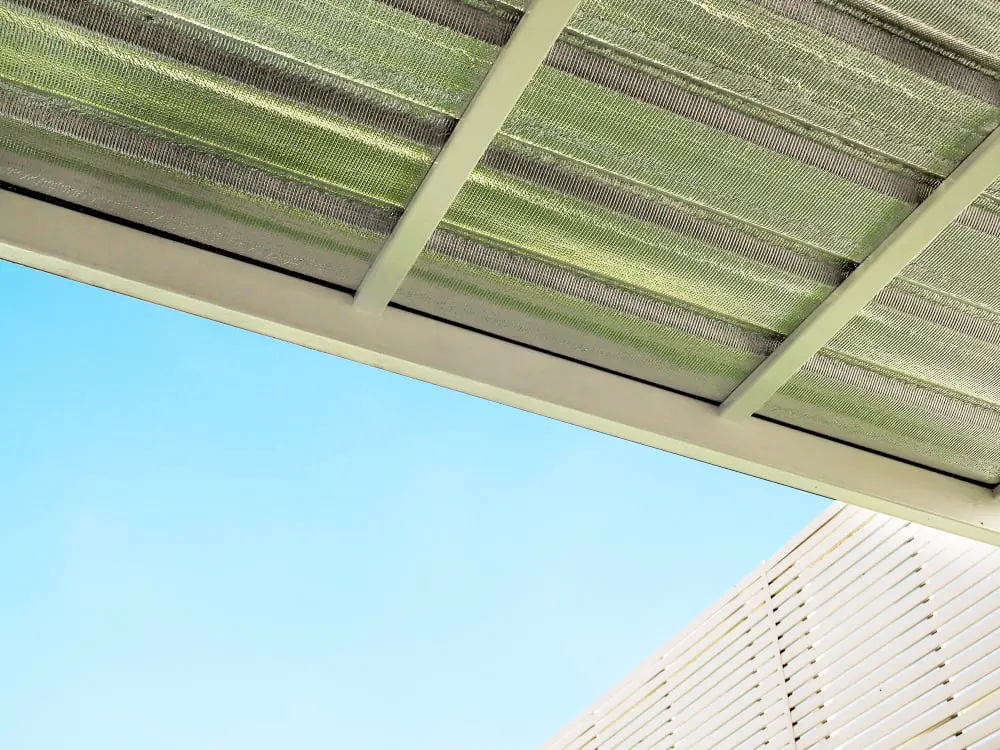
At this stage, insulation is in order – an essential addition to enhance your building’s energy efficiency. There are several types of insulation suitable for metal buildings, including fibreglass, spray foam, and rigid board.
Consider the R-value (resistance to heat flow) when choosing your insulation type. A higher R-value denotes better insulation. It is crucial to note that factors like climate, building size, and your specific energy needs play prominent roles here.
The installation process begins by laying insulation over your frame prior to applying the metal sheeting. It’s important to ensure the insulation is secured, preventing it from sagging or moving. This typically requires adhesive or an insulation support system.
Remember to maintain a careful balance: stuffing too much insulation into a small space can reduce its effectiveness. The air pockets in the insulating material are meant to trap heat; compressing them reduces this ability. Finally, proper personal protective equipment, such as gloves and safety glasses, should be worn to prevent irritation from the insulation.
Take your time with this step, focusing on quality installation. Your energy bills will thank you.
Correct Installation of Screws On Metal Buildings
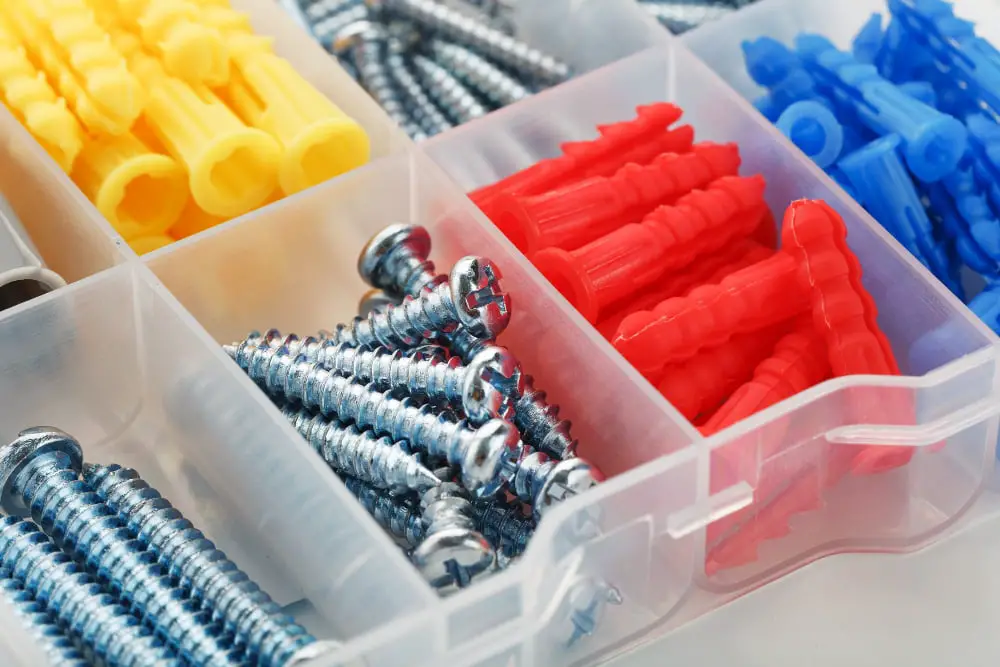
Now, attending to the crucial aspect of fastening elements of your metal building, screws play an instrumental role. Incorporating proper screws and using them accurately elevates the structure’s strength and durability. Let’s understand the significance of their correct installation.
1. Start by selecting the right type of screws. Self-tapping screws, also called Tek screws, are widely used due to their convenience of drilling their holes, easing the process.
2. While fastening, ensure screws penetrate the steel panels and underlying metal frames or purlins. This sturdiness holds your metal building firm in weather adversities.
3. It’s essential to maintain an optimal screw spacing. As a rule of thumb, screws must be applied at every purlin, ridge or end lap, typically yielding a spacing of 12-24 inches apart.
4. Incorrectly driven screws may cause deformation or over-torquing leading to compromised structural integrity. Thus, ensure screws are straight and flush against the panel, without dimpling or over-driving.
5. Pay attention to weather resilience as well. Using neoprene-washered screws assists in sealing out water, thus preventing leaks.
6. Screwing patterns matter as well. Aim for uniform rows of screws. This not only supports sound construction but also improves aesthetic appeal.
Remember, understanding how to use screws in your metal building application reduces potential structural issues and increases the overall lifespan of your construction.
Altering Metal Buildings During Construction
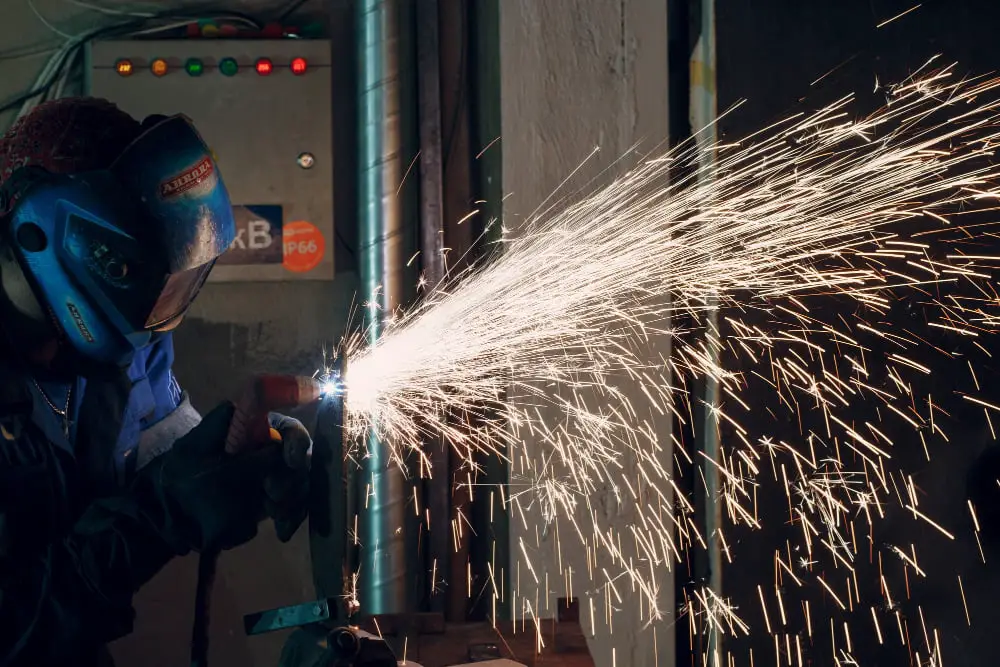
As the construction evolves, adjustments may be necessary to cater for unforeseen elements or changes in the original plan. While metal buildings are highly customizable, take note that alteration should be performed skillfully to preserve structural integrity. Remember, every change has a ripple effect throughout the structure.
Firstly, when cuts are needed, utilize a metal saw or plasma cutter for accuracy and safer operation. Pay attention to measurements before cutting, as mistaken cuts can lead to structural weaknesses and potential reparations in the future.
Moreover, always clarify modifications with your supplier. They may provide important insights or accommodate changes in your design. Communication is beneficial for a seamless construction process and avoids voiding warranties that cover certain parts of the building kit.
Lastly, ensure alterations do not interfere with building codes and regulations. Remaining within legal guidelines avoids penalties and ensures the safety of the structure. Regularly consult local building rules throughout the construction process to stay informed.
Protective Equipment and General Safety Tips for Metal Building Assembly
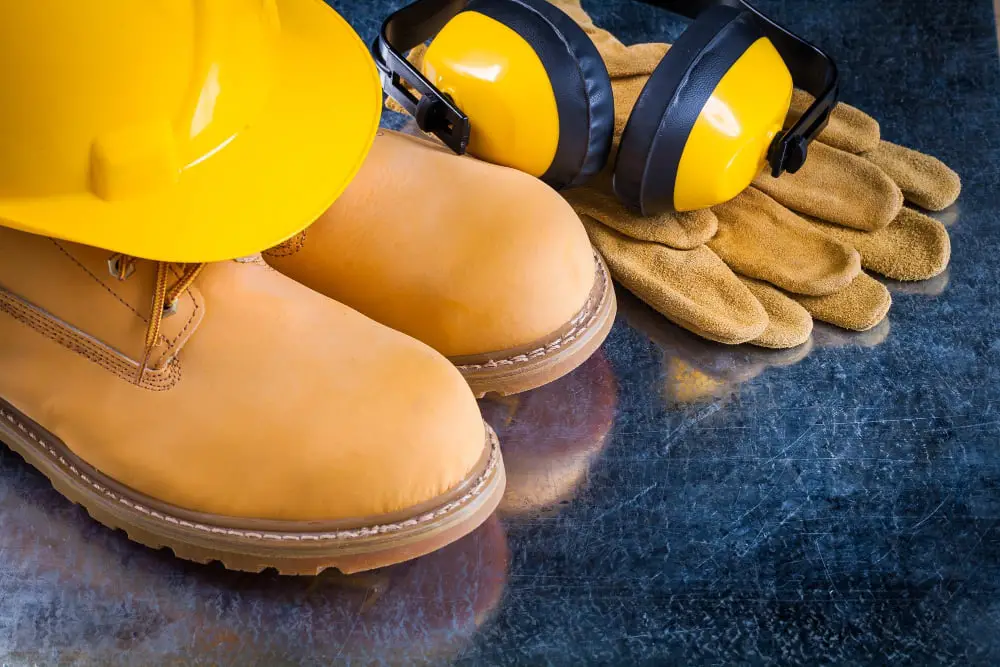
For a successful and safe assembly, incorporating suitable protective gear is quintessential. Start by donning a hard hat, ensuring its snug fit to protect against falling objects. Safety glasses guard against harmful dust particles and metal fragments, particularly while cutting or drilling.
Ensure you’re equipped with sturdy, steel-toe boots to secure your feet from heavy falling items. Likewise, high-quality work gloves protect your hands from sharp edges during handling and assembly.
Mind the use of appropriate tools; misuse can cause significant injuries. Power tools should only be operated by individuals who have received proper training.
Take additional precautions when working at heights. The use of scaffolding or ladders requires careful setup and safe usage, always maintaining a minimum of three points of contact. Safety harnesses are also recommended for higher elevation work.
Avoid rushing through the construction process, as this often leads to avoidable accidents. Regular breaks help maintain focus and energy levels, significantly reducing the risk of injury.
Lastly, make sure your building site is kept clean and organized, as clutter may lead to tripping hazards. Dispose of off-cuts and waste regularly to maintain a clear, safe workspace.
FAQ
Is it cheaper to build your own metal building?
Yes, it is generally cheaper to build your own metal building as steel buildings typically cost half as much and take half the time to erect compared to traditional construction methods.
How thick does a slab need to be for a metal building?
The slab for a metal building should be a minimum of four inches thick, but if it is to store heavy equipment, it should be five to six inches thick.
Can you erect a metal building yourself?
Yes, you can erect a metal building yourself, especially when using pre-engineered or factory-ready steel building kits that come with parts marked for easy identification.
What are the necessary permits needed for constructing a metal building?
The necessary permits for constructing a metal building include local building permits, zoning permits, and possibly site development permits.
How do you effectively insulate a metal building for optimal energy efficiency?
To effectively insulate a metal building for optimal energy efficiency, one should utilize high-quality insulation materials like spray foam, fiberglass, or rigid board, ensuring it covers all areas thoroughly, not missing any gaps or crevices, and considering factors such as local climate and building usage.
What type of foundation is best suited for a metal building?
The best type of foundation for a metal building is typically a concrete slab due to its strength and durability.
Recap




